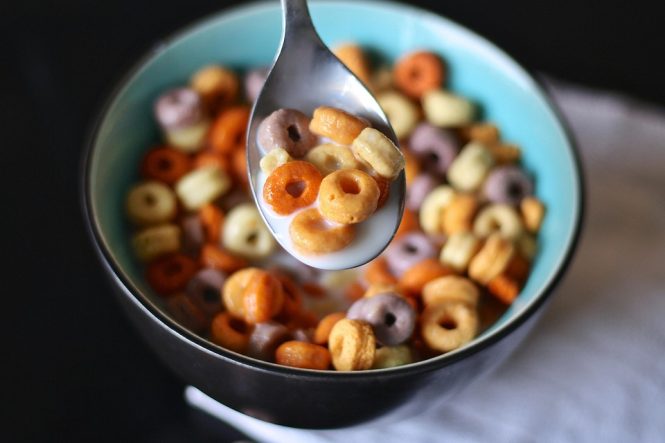
Creating a nutritious and delicious diet can be a challenging task, especially with the abundance of conflicting information available. However, with a few simple tips and a bit of planning, you can achieve the perfect balance between nutrition and flavor.
Understanding the Basics
Before we dive into the tips, it’s essential to understand the basics of a healthy diet. A well-balanced diet should include a variety of foods from all food groups, including:
- Fruits and vegetables
- Whole grains
- Lean proteins
- Healthy fats
- Dairy products
Aim to include a rainbow of colors on your plate to ensure you’re getting a range of vitamins and minerals. Also, limit your intake of processed and sugary foods, which can be high in empty calories and low in essential nutrients.
Tip 1: Plan Your Meals
Planning your meals in advance can help you create a balanced diet and save time during the week. Take some time to think about your dietary goals and preferences, and then plan out your meals for the next few days. Consider making a grocery list and sticking to it to avoid impulse purchases.
Tip 2: Shop Smart
When shopping for groceries, choose whole foods over processed ones whenever possible. Shop the perimeter of the store, where the fresh produce, meats, and dairy products are typically located. Avoid the aisles in the center of the store, which tend to be filled with processed and packaged foods.
Tip 3: Cook at Home
Cooking at home allows you to control the ingredients and portion sizes of your meals, making it easier to create a balanced diet. Try to cook at home most nights of the week, and save eating out for special occasions. You can also prep meals in advance and reheat them as needed.
Tip 4: Incorporate Healthy Fats
Healthy fats, such as those found in nuts, seeds, and avocados, are essential for brain function, hormone production, and absorption of vitamins. Include sources of healthy fats in your meals and snacks to add flavor and nutrition.
Tip 5: Don’t Forget About Fiber
Fiber is an essential nutrient that can help regulate digestion, promote satiety, and support healthy blood sugar levels. Include sources of fiber, such as fruits, vegetables, and whole grains, in your meals and snacks.
Tip 6: Stay Hydrated
Staying hydrated is essential for overall health, and can also help support digestion and weight management. Aim to drink at least eight glasses of water per day, and limit your intake of sugary drinks.
Tip 7: Be Mindful of Portion Sizes
Eating large portions can lead to overconsumption of calories and nutrients, which can be detrimental to your health. Pay attention to portion sizes, and try to eat until you’re satisfied, rather than stuffed.
Tip 8: Indulge in Moderation
It’s okay to indulge in your favorite treats from time to time, as long as you do so in moderation. Allow yourself the occasional dessert or snack, but try not to make it a habit.
Tip 9: Get Enough Protein
Protein is an essential nutrient that can help support muscle growth and repair, as well as satiety and weight management. Include sources of protein, such as lean meats, fish, and legumes, in your meals and snacks.
Tip 10: Seek Support
Creating a nutritious and delicious diet can be challenging, especially if you’re new to cooking or have dietary restrictions. Consider seeking support from a registered dietitian or a healthcare professional to help you create a personalized meal plan.
In conclusion, creating a nutritious and delicious diet requires a bit of planning and creativity, but it’s well worth the effort. By following these tips and being mindful of your dietary choices, you can achieve the perfect balance between nutrition and flavor, and support overall health and well-being. Remember to stay flexible and adapt your diet to your changing needs and preferences, and don’t be afraid to seek support when you need it. With time and practice, you’ll be well on your way to creating a diet that nourishes both your body and your taste buds.